Home » Posts Page » Product » FIBC
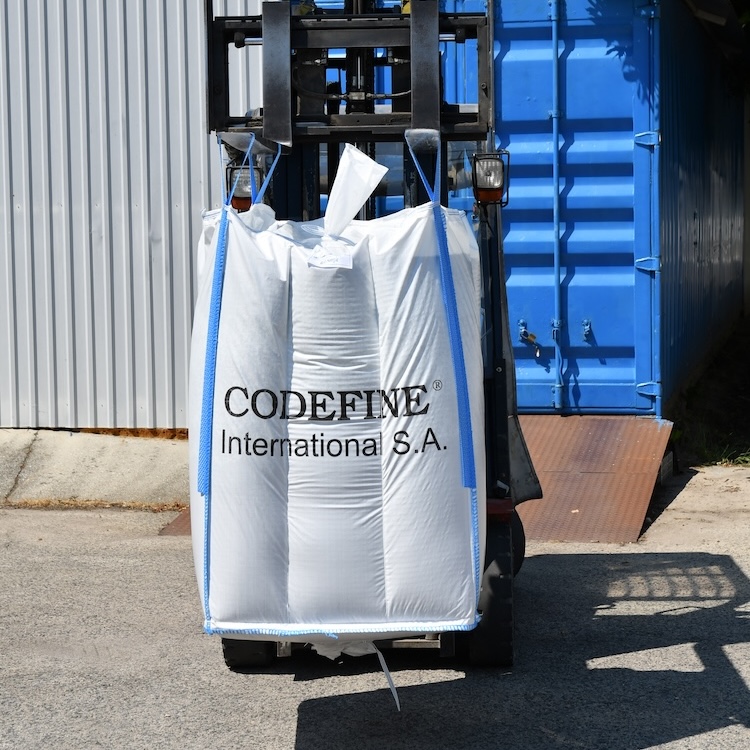
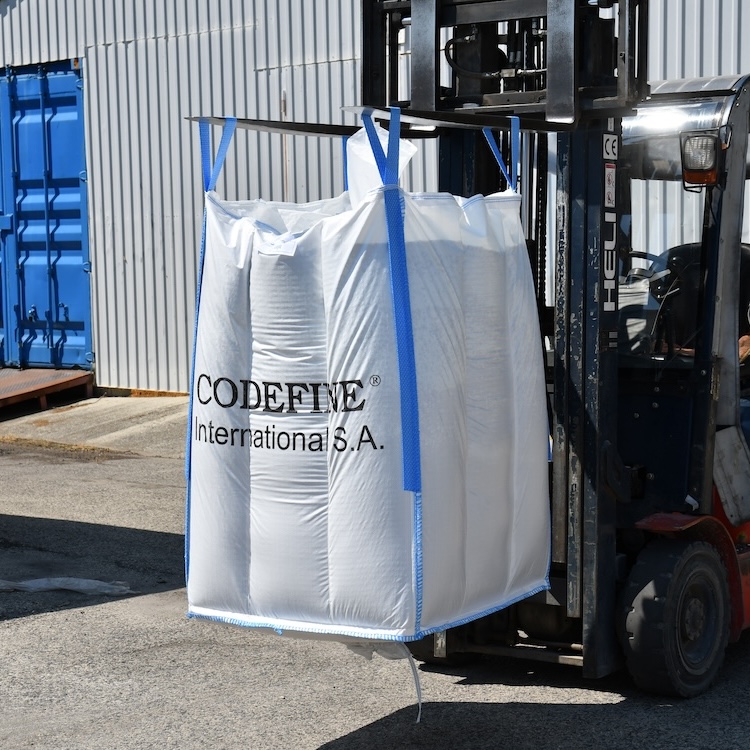
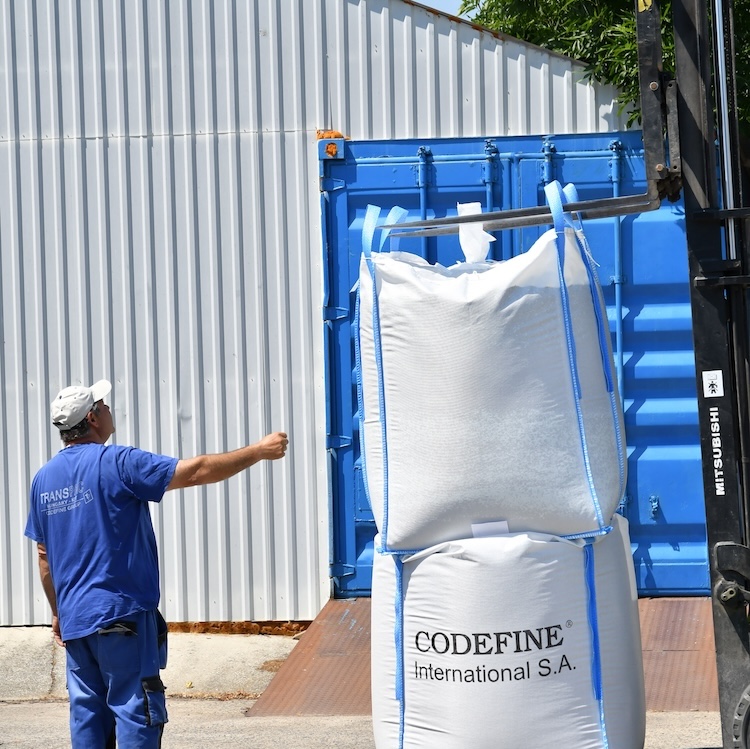
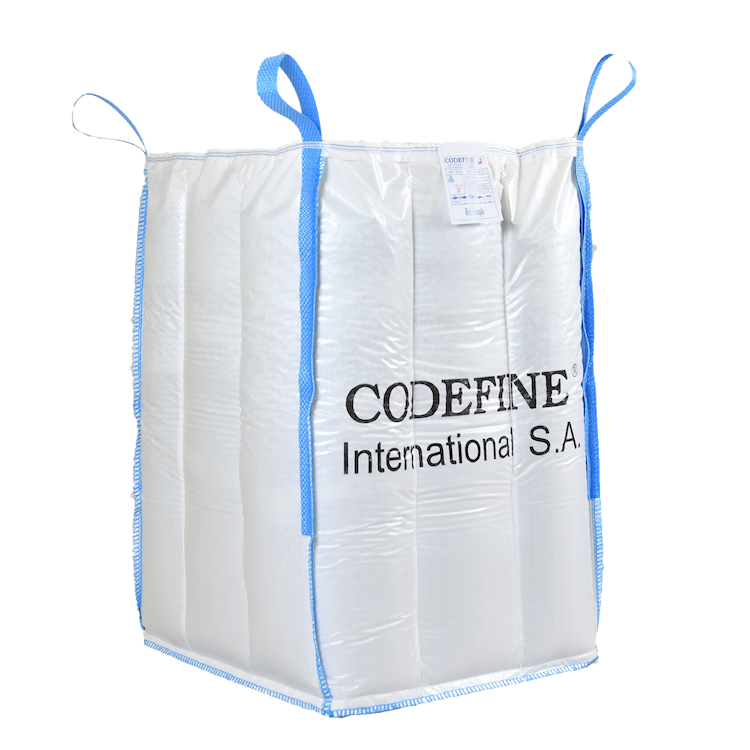





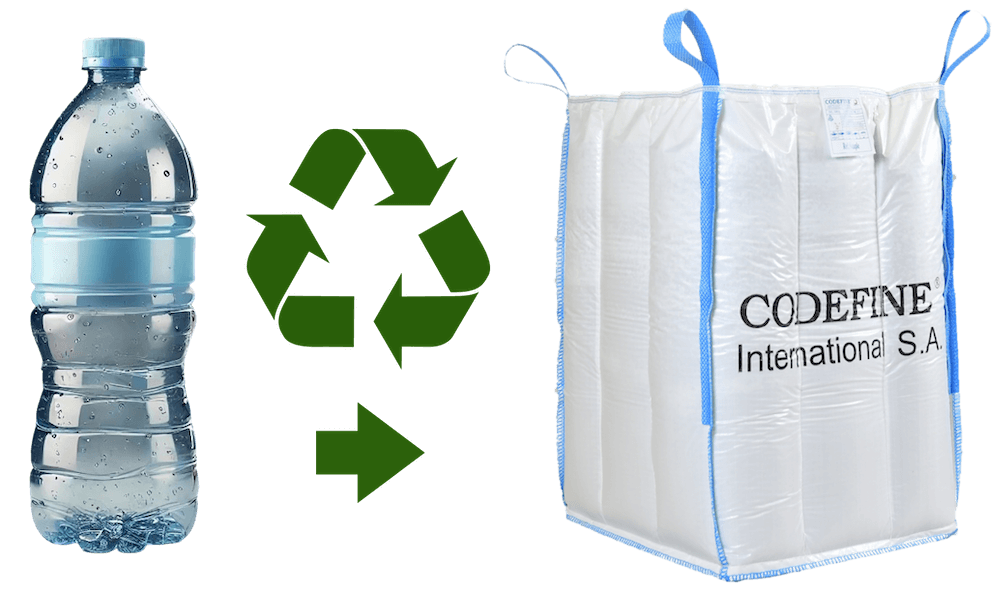
Type A FIBC bags are made from polypropylene and offer no protection against static electricity, posing safety risks in hazardous environments. These bags are suitable only for non-hazardous materials and should never be used around flammable gases or combustible materials.
Primary Uses for Type A FIBCs:
Do NOT use for:
Type B FIBC bags do not dissipate static electricity but are made from materials with low breakdown voltage, preventing propagating brush discharges. However, they are not fully antistatic and can pose risks if flammable vapors are present.
Primary Uses for Type B FIBCs:
Do NOT use for:
Type C FIBC bags, also known as electrically conductive or groundable bags, are made from polypropylene interwoven with conductive yarns in a grid pattern. The combination of these interconnected yarns and a ground connection ensures safety, making them ideal for transporting flammable powders.
Primary Uses for Type C FIBCs:
Do NOT use for:
Type D FIBC bags are static dissipative and made from antistatic fabric, offering protection against sparks and brush charges without needing a ground connection. Often constructed using CHROHMIQ fabric, they eliminate grounding failure concerns, making them highly reliable.
Primary Uses for Type D FIBCs:
Do NOT use for:
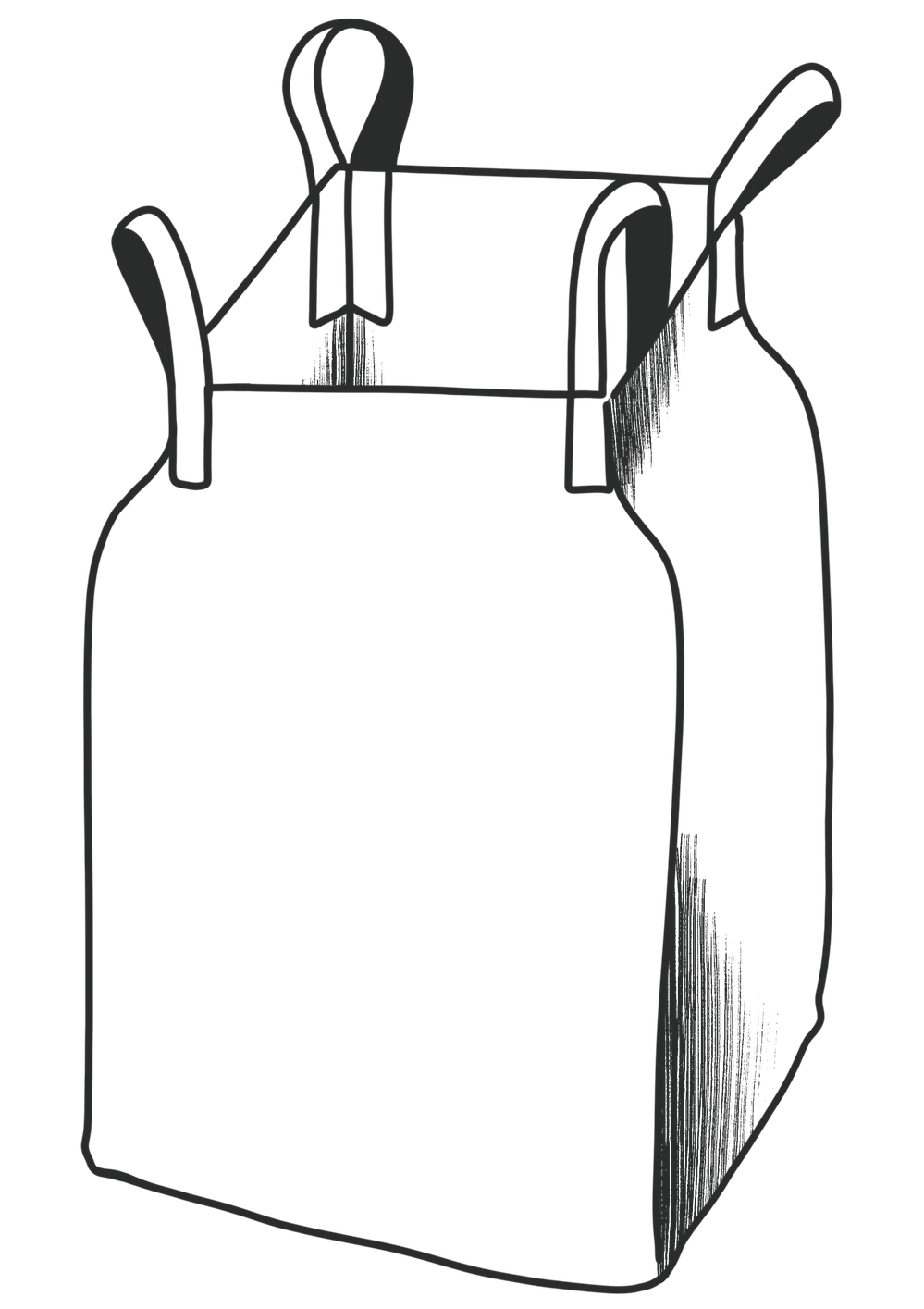
A classic bulk bag design featuring an open top for easy access, as the name suggests.
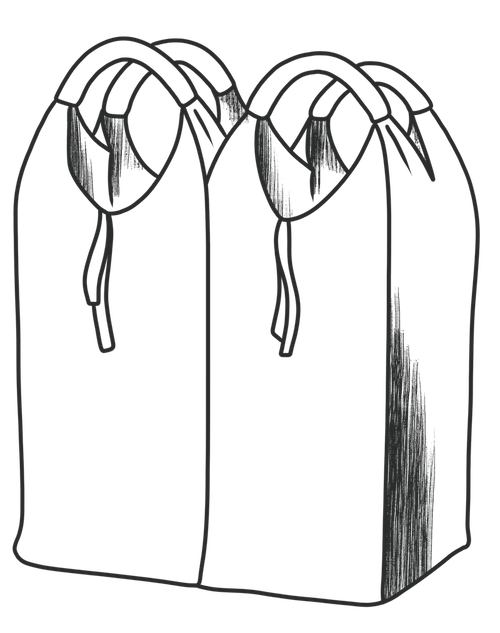
A lightweight fabric panel at the top, offering enhanced filling convenience and the ability to close the bag securely.
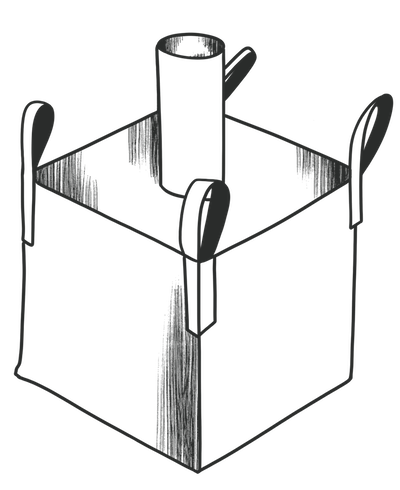
A cylindrical spout integrated into the top panel, designed for precise and specific filling applications.
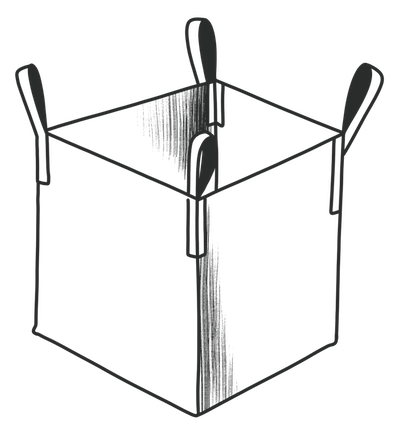
A basic bottom design with no built-in discharge mechanism.

A standard spout at the bottom, enabling easy removal of the bag's contents.
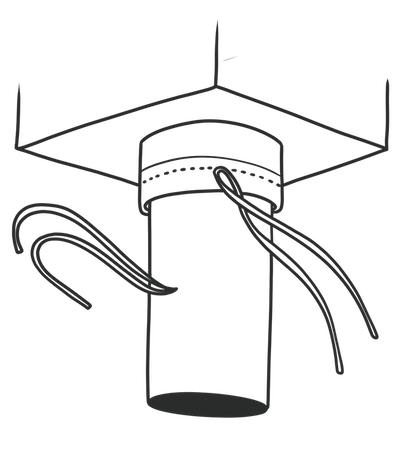
A discharge spout with a conical shape, designed for efficient and precise content removal.
Not all FIBCs are the same, and certain features can expand their usability. For instance, coatings can be added to address specific needs.
Uncoated FIBCs allow finer materials, like powders, to seep through seams and fabric, which may be acceptable when breathability is desired. However, they offer limited protection against moisture and contamination.
Coated FIBCs, with an added polypropylene layer, seal gaps in the fabric and provide better protection against external factors. They are ideal for minimizing waste and storing fine materials like chemicals and powders.
While FIBCs are not inherently waterproof due to their woven construction, coatings and liners can improve water resistance while maintaining breathability.
| Material | Recycled (20% or 30% Rpp) or 100%Virgin PP, laminated or unlaminated, ventilated, conductive type C, dissipative type D, vento, flame retardant |
|---|---|
| Construction | U-shape, flat 4 panels, double wall, bag in bag, tubular, 1Looper, 2Looper, Italo type |
| Inlet | Open top, top skirt, top spout, conical top |
| Outlet | Flat bottom, bottom spout, bottom skirt, full star bottom, conical |
| Safety Factor | 5:1, 6:1, 8:1 |
| Safe Working Load | From 100 kg to 2500 kg |
| UV Resistant | Yes |
| Document Pouch | A4, A3, A5 or customizable |
| Product Length | 90 cm, 95cm, 100cm, 110cm + fully customizable |
| Product Width | 90 cm, 95cm, 100cm, 110cm + fully customizable |
| Product Height | Fully customizable |
| Fabric Color | Any color, most common color white |
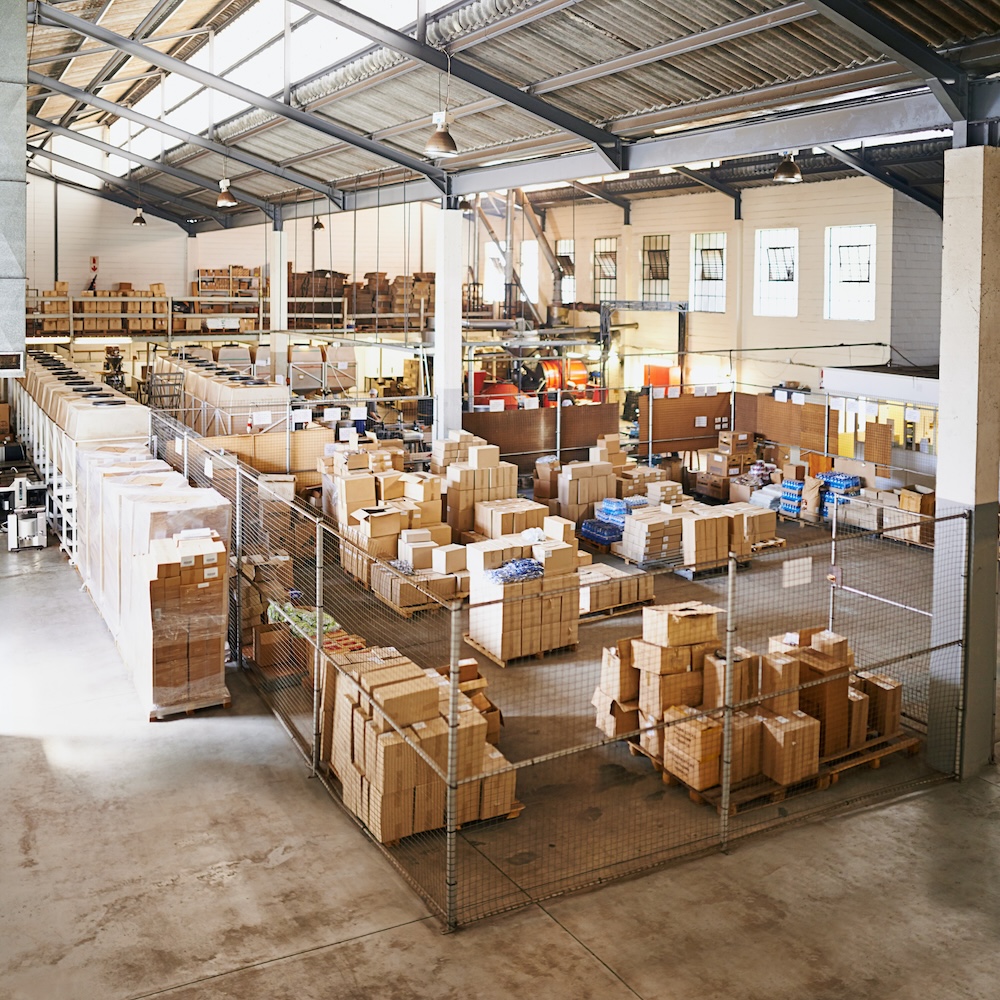
FIBC bulk bags are designed to meet postal service regulations, offering eco-friendly and biodegradable options. These bags, including CSD post and parcel bags and Easylift Type 3, provide premium dust-proofing and enhanced capacity, reducing the need for pallets and cutting down on freight costs.
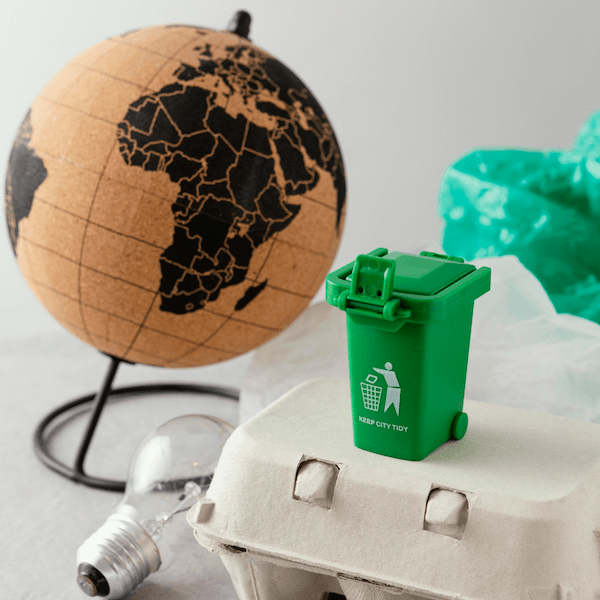
FIBC bulk bags are ideal for the disposal and recycling industry. They can store various types of dry and flowable waste in bulk quantities, are compatible with forklifts and cranes, and help businesses achieve sustainability goals with eco-friendly packaging solutions.
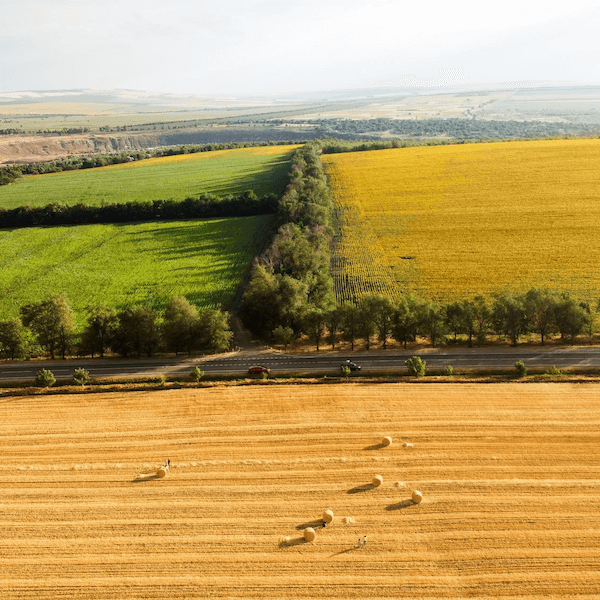
In agriculture, FIBC bulk bags offer versatile storage and shipping solutions for seeds, fertilizers, and harvested produce. These bags protect contents from contaminants and pests, ensuring the quality and safety of agricultural products. Their large capacity and ease of handling make them a cost-effective choice for farmers.
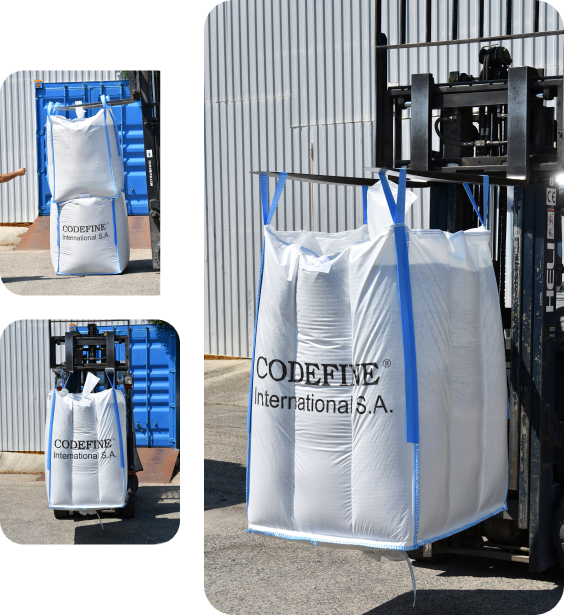
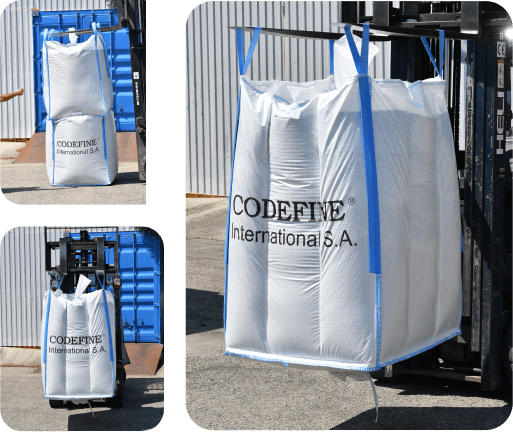
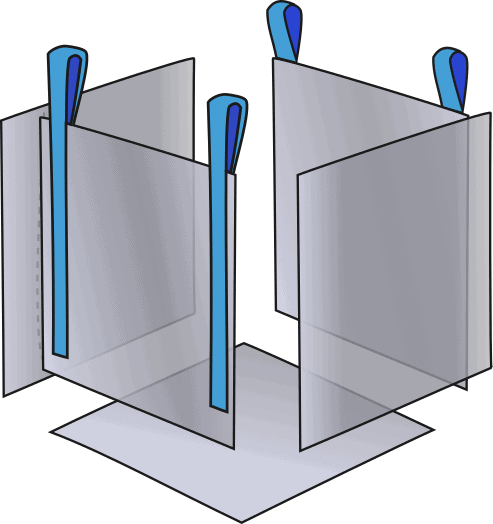
These square or rectangular-shaped bags consist of four fabric panels that are sewn together. They are perfect for storing and transporting bulky goods.
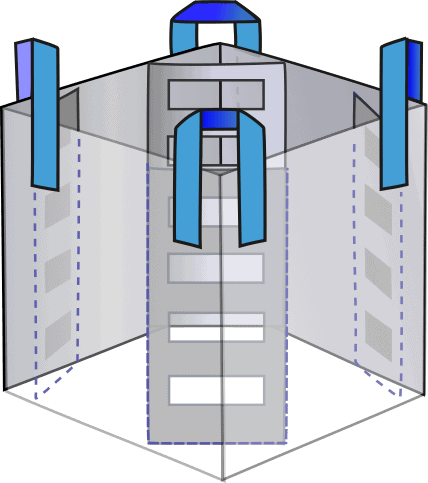
These FIBC bulk bags have internal baffles or partitions which prevent bulging and sagging. They are ideal for materials that need to be kept stable during transportation, such as fine powders and granular materials.
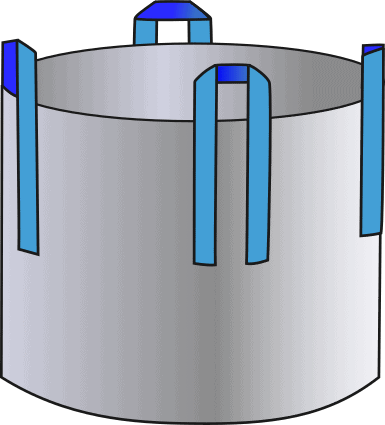
The bags are crafted from a single piece of fabric that is transformed into a tube-like shape with a cylindrical form. Flat panels are stitched at the top and bottom to create a cylindrical structure for the bag.
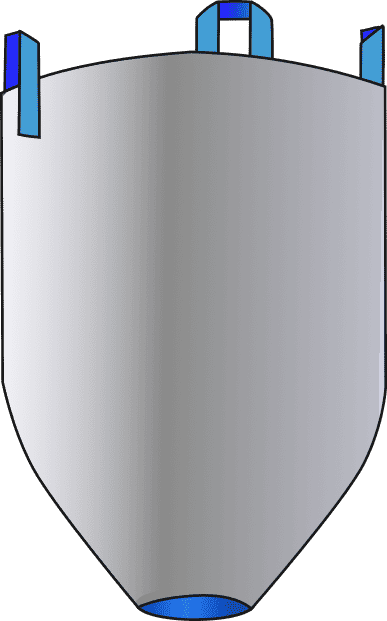
Conical bags are ideal for materials that can be difficult to discharge. Their conical shape helps ensure complete emptying of contents, minimizing residue and waste.
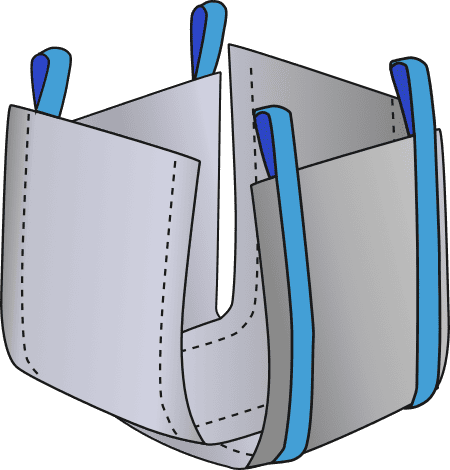
U-Panel bags provide excellent stability and strength. Made from two side panels and a single base panel, they are suitable for heavy-duty applications and offer robust support.
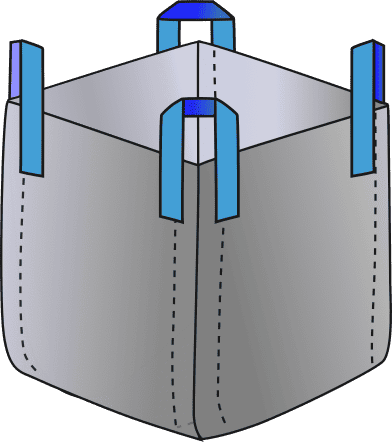
Similar to U-Panel A, U-Panel B bags feature a slightly different construction for enhanced load-bearing capacity. They are designed for optimal performance in demanding environments.
Transpac USA is a Team of dedicated packaging professionals with over 55 years of R&D, Design, Implementation, and, most importantly, Innovative Packaging Solutions. It is headquartered in Palatine, IL, and has strategically located warehouses in the United States and Canada. In addition, Transpac USA, in conjunction with our parent company, The Codefine Group, is well positioned and represented in all Five Continents.
Transpac USA is committed to excellence, continuously planning for the future with an unwavering pursuit and dedication to you and your customer’s satisfaction. Our quality control efforts have culminated in providing you with the finest products on the market and earning us a distinguished reputation as an industry leader. Our rigorous attention to detail ensures our bags offer superior capacity, stability, durability, reliability, and, most importantly – SAFETY! Whether you need simple or sophisticated custom packaging products, Transpac USA has your container needs covered.